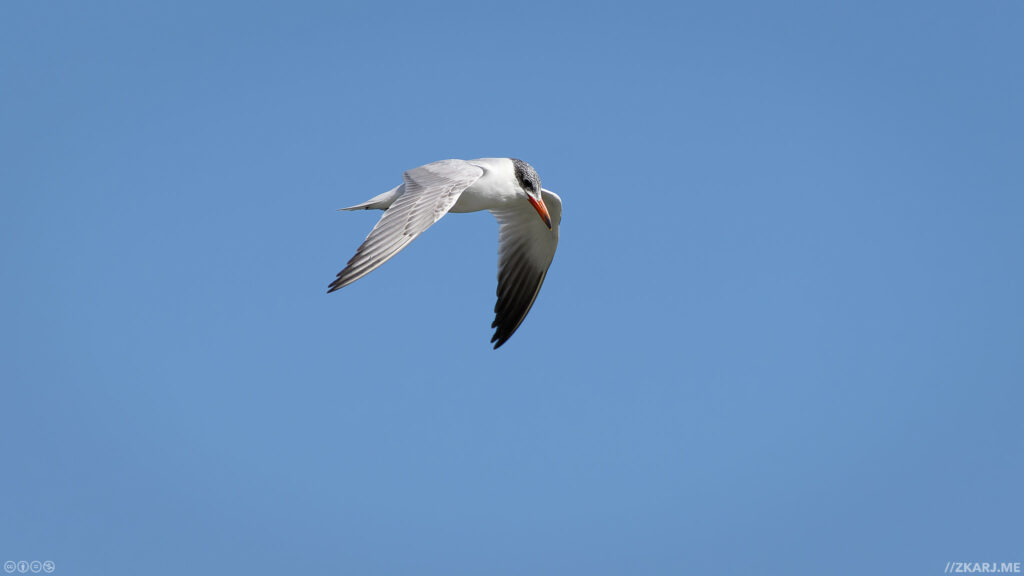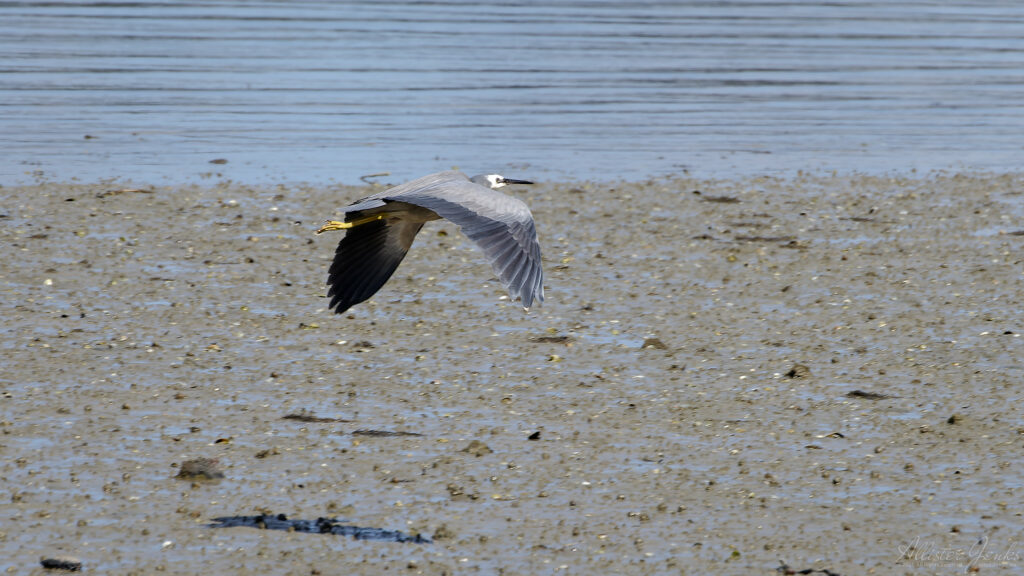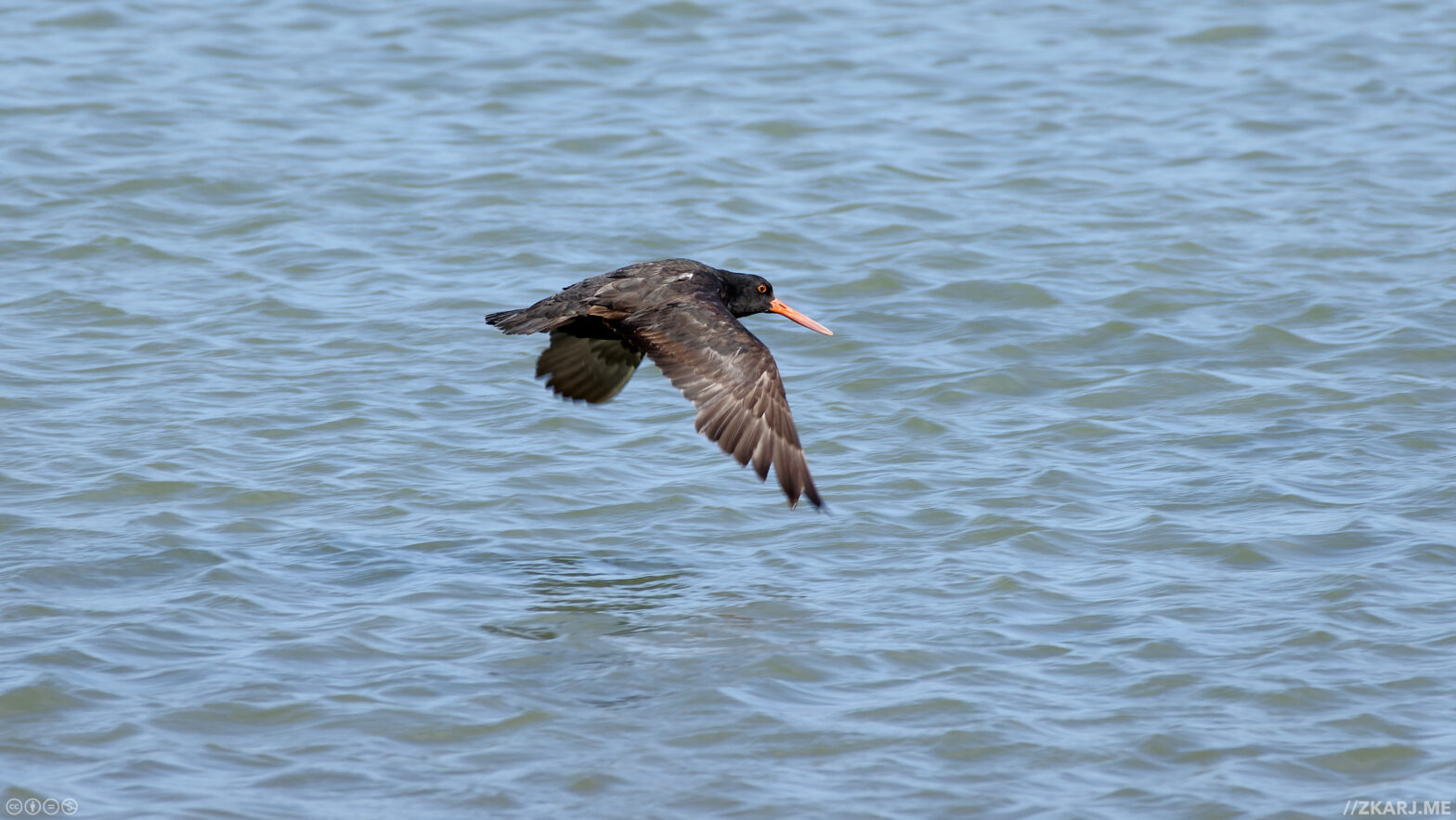It is often said that a bad worker always blames their tools. This is often used in photography where the message is usually given as “buying better gear doesn’t make you a better photographer.” While that does hold true in general, there are exceptions to the rule.
I recently purchased a new lens to use with my Pentax KP DSLR, but first let’s go back to 2009. For a milestone birthday, Mum and Dad offered me an expensive gift of my choice. I chose the then-new SMC Pentax DA 55-300 mm F4-5.8 ED lens. This would replace my very long in the tooth Sigma 100-300 F4.5-6.7 DL. I used that lens a lot for the slightly-less-than-9 years I owned it. I only stopped using it, and sold it, when I bought myself the HD Pentax-DA 55-300mm F4-5.8 ED WR.
Aside from a little punctuation, the difference is in the first and last letter codes. HD versus SMC means a slightly higher quality of coating on the optical elements of the system (High Definition versus Super Multi Coating to be specific). WR stands for Weather Resistant. In hindsight, I probably shouldn’t have bothered with the ‘WR model. The very slight increase in image quality is barely noticeable in normal use and while the weather resistance was great for peace of mind, I think I only used it “in the elements” a couple of times. Mind you, two of the four years I’ve had the ‘WR haven’t really been conducive to outdoor pursuits!
I have since sold the ‘WR, so let’s get back to the new lens. It’s the HD Pentax-DA 55-300mm F4.5-6.3 ED PLM WR RE. Hold on a minute! Have I gone mad? The aperture is reduced across the zoom range, the HD is the same, the WR is the same, the PLM and RE better be good!
The RE is useful — it stands for REtractable, which means the lens retracts to a shorter length for stowing than the optics would otherwise dictate. This is a modest boost to convenience, but it’s the PLM that marks this lens out as something different, and new.
Let’s leave it to Pentax to describe what PLM means…
With the adoption of a rear-focus system, the focusing lens is 93.6 percent lighter than the previous version. By driving this focusing lens using a pulse motor (PLM), which is directly linked to a lead screw, this zoom lens operates faster — approximately 8.3 times at its wide-angle end and approximately 1.7 times at its telephoto end —and quieter than the existing model.
Pentax marketing copy.
To summarise, the lens focuses quickly, quietly, and, on a modern camera body like my KP, accurately. Where the differences between the original ‘ED and follow-on ‘WR were quite minor improvements, the ‘PLM is actually a completely new lens that merely shares the focal length range of its forebears. It even has a whole new optical formula for its construction.
Not covered in the extensive ‘lettering’ of the name is the fact that the ‘PLM also incorporates another new device — an electromagnetically controlled aperture. The main benefit of this is also near-silent operation — something which makes it great for video use! But I’ve yet to explore shooting video, as its an area Pentax have traditionally done poorly in and this lens may be a first step to breaking into that camp. More on that later, hopefully.
So back to the premise of the title of this post. How does faster or quieter focusing make me a better photographer? In short, I suck at focusing, and this lens compensates very well for that.
Back in the days of manually focused lenses I proved almost 100% reliable with my focusing technique. Almost 100% of the time I got it almost right. When I got my first (and only) film SLR capable of auto-focus, along with some lenses to match, it was my salvation! Most of the time since, my focusing has been pretty good, excepting in two situations. First, when I fail to select a sensible focusing point or, second, when the camera and lens combination simply aren’t able to lock focus while the shot remains ‘on’.
This latter case is typified by fast subjects. In this context fast is defined by the angular velocity as much as the real world speed. Sure, an F/A-18 fighter doing a Mach 0.95 pass qualifies as fast, but so does a bird flying past. With both of these subjects, the closer they are, the better it is for a good photo, but also the closer they are, the higher the angular velocity and the shorter the window for a shot! I’ve done pretty well with the fast aircraft shots over the years as they tend to follow smooth and predictable paths which I can anticipate. Birds, on the other hand, do no such thing!
Here’s an example of a shot that is the exception to my rule that ‘BIF’ (Birds In Flight) shots mostly don’t work out. This Tarāpunga (Red Billed Gull) was pretty close and moving fast, but as you can see I captured it while it was still closing distance on me and pointing the camera down against the sandy beach made for an easier time for the camera to lock the focus in time, not to mention making my efforts at tracking it slightly easier.

Looking at my Birds album on Flickr, I do seem to have a reasonable number of BIF shots, but I think that says more about my choice of shots to publish than my hit rate. I don’t get that many good BIF shots so all those I do get, I publish! This is probably the one I worked hardest for and am most proud of, though it’s not really that good a shot. What’s one way to make the BIF focusing problem much harder? How about a very small bird that turns ridiculously tight corners. I spent 20 minutes standing in the same spot to get a small handful of sharp photos.

OK, OK, enough rambling on about the past. The second time I took my new ‘PLM lens out for a spell (the first time was to Wellington Airport, where it did great), was to the Pāuatahanui Inlet to see what shorebirds I could find and see if I could capture them in flight. Spoiler alert… I could!
Unlike previously where I would sift through many attempts to find the few shots that were in focus and then decide if they were otherwise good enough for publication, on returning from this session, I was spoilt for choice! It’s a fair characterisation to say that a handful of shots were not quite in focus — though still decently sharp — and a couple were well off the mark — due to a challenging background for the camera to work against — but most of the BIF shots were tack sharp!
Here are three of the four BIF shots I chose to publish. The only other is another of the same Taranui (Caspian Tern). As that bird elected to fly slowly past me, I took a sequence of 17 shots (not on continuous mode by the way). All 17 of them were tack sharp.



So yes, equipment does matter, and yes, it can make you a better photographer. I’m in love with this lens!
